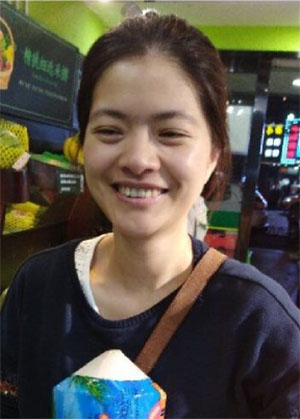USTC Astronomy Colloquium Series: 2019 Spring
Disentangling Galaxy Formation History through a Population-orbit Superposition Model
朱玲 教授
上海天文台
2019/04/16, 4:00pm , the 19th-floor Observatory Hall

Stellar kinematics is a fossil record of galaxy formation and evolution. In particular, the fraction of stars on approximately circular and co-planar orbits, compared to the fraction of stars on kinematically hotter and geometrically rounder orbits, speaks directly to the slowly accretion of gas flow or violent merging/feedback of the galaxies’ past. On the other hand, stars conserve chemical properties since their birth, chemistry is a widely-used indication of stellar age. The combination of stellar kinematics and stellar chemical age may provide us unprecedented information to understand the formation of galactic structures. The IFU surveys, like CALIFA and MaNGA, provide us information integrated along the line-of-sight, including the surface brightness, kinematic maps, mean age and metallicity maps from stellar-population synthesis of the spectra across the 2D sky-plane. Using the orbit-superposition Schwarzschild method, we have been able to derive the internal stellar orbit distribution for a sample of 300 CALIFA galaxies, which form an orbit-based ‘dynamical Hubble sequence’. Decomposition of external galaxies is thus possible based on their orbit distribution. In order to obtain chemical information of these orbital structures, we further develop a population-orbit superposition model, by tagging age and metallicities to the orbits in the Schwarzschild model. This is an on-going work, I will show you various method-tests and some preliminary results of application to MUSE observed galaxies.
Prof. Ling Zhu is a Youth Qianren Research Professor at Shanghai Observatory since Sep 2018. Ling obtained her PhD in Astrophysics from Tsinghua University in 2013. She was a postdoc at Max Planck Institute for Astronomy from Sep 2013 to Aug 2018. Ling’s main research interest is using stellar kinematic data to probe galaxies' underlying mass distributions and internal stellar orbital structures, through which to further study their formation history.
 邮编:230026 ,
邮编:230026 ,  联系电话: 0551-63601861
联系电话: 0551-63601861 Email:
Email: